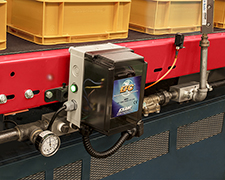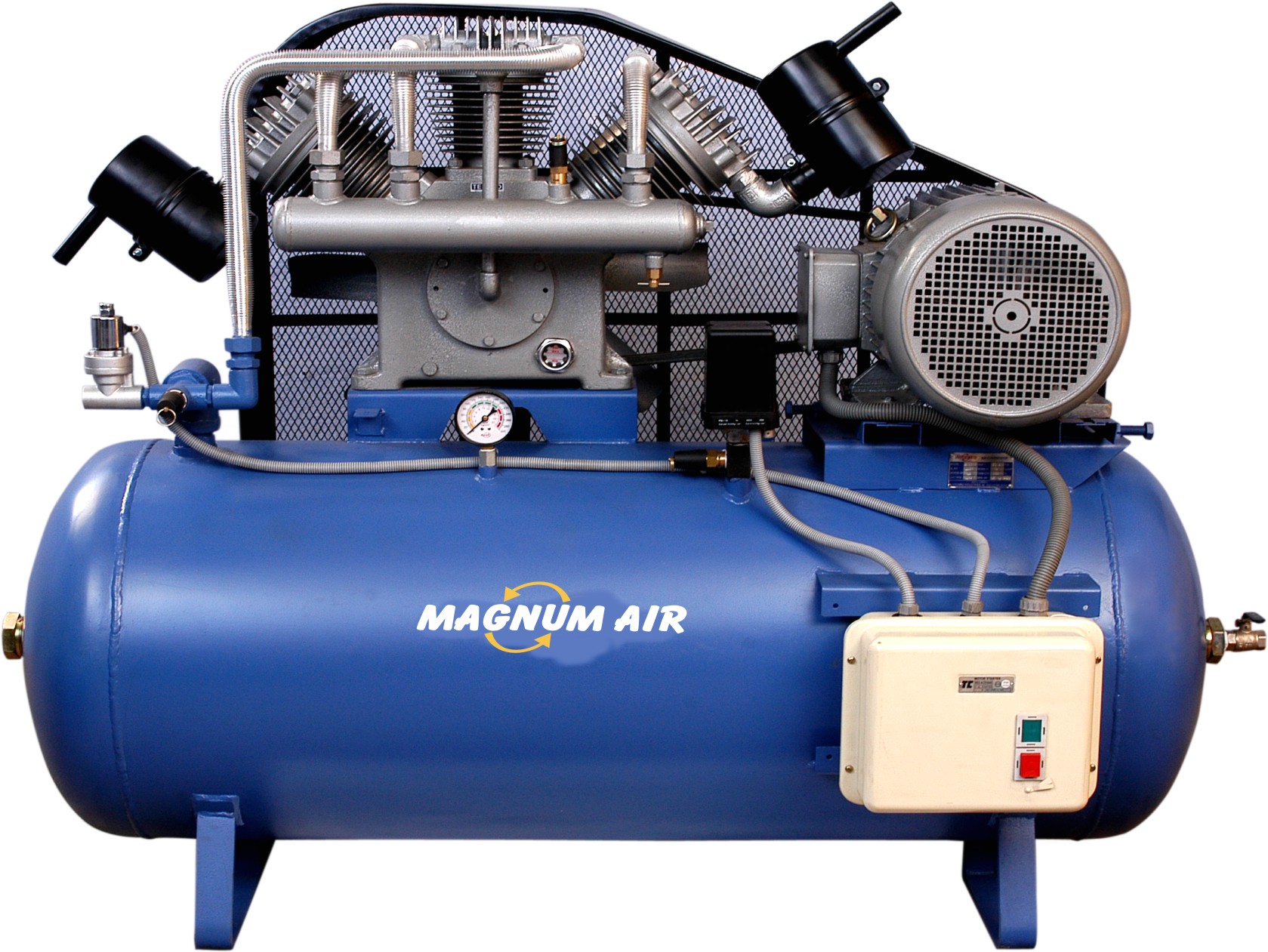Maximum Blow Off Power with Minimum Energy Use
Because of the large-scale air use within production lines, loss of even a small amount of compressed air can mean a massive financial difference. No matter what’s being manufactured, inefficient compressed air use is financially wasteful and can swiftly increase wear and tear on important and expensive manufacturing equipment. One of the most commonly and easily solvable problems within compressed air use in manufacturing is in the blow off stage on the line. Blow off removes debris and other matter from the product that can hinder the production line or even cause harm to equipment. Such an important stage is often overlooked, despite the fact that there is a simple, cost-effective solution that can make a tremendous difference: the air knife.
The air knife is a manufactured solution that far outperforms its less specifically designed counterparts, such as an open pipe with drilled holes or a manifold with air nozzles. The air knife uses far less air, while producing a far more powerful air flow, capable of removing debris a great deal more effectively. It is quieter than other solutions, compatible with air flow control technology, and is quite inexpensive and easily installed. In fact, air knives are so efficient that they pay for themselves after only a short time of being in use.
How Do They Work?
Air knives have the benefit of a streamlined design that lends itself to simplicity and durability. Compressed air flows into the air knife’s plenum chamber, where it is directed to and expelled from a precise slotted nozzle, where it passes through in a powerful flat stream. This sheet of air passes over materials, blowing products clean of any debris or moisture with an impressive ratio of 40:1 ratio versus room air flow. Simply put, there isn’t a better solution for the blow off portion of a manufacturing line, especially for the cost.
The Options
Air knives are available in many sizes with a variety of compositions. They range from 18 inches up to a full 96 inches, with custom lengths also available. The different composition materials ensure that there is an air knife for many different industrial purposes, with options in aluminum, type 316 stainless steel, type 303 stainless steel, and polyvinylidene fluoride. Additionally, the air knife comes with an option for a mount that can be attached to any surface.
At Airtec, our mission is to bring energy efficiency to air compression systems by identifying areas in which compressed air is lost. As one of the more commonly inefficient areas, solutions to blow off problems are of the utmost importance. Air knives are a simple, fast, and cost-effective way of increasing your energy savings, and we gladly offer our help in choosing the proper size and composition for your purposes. Please call or email us today, and find out how we can help you save money.





